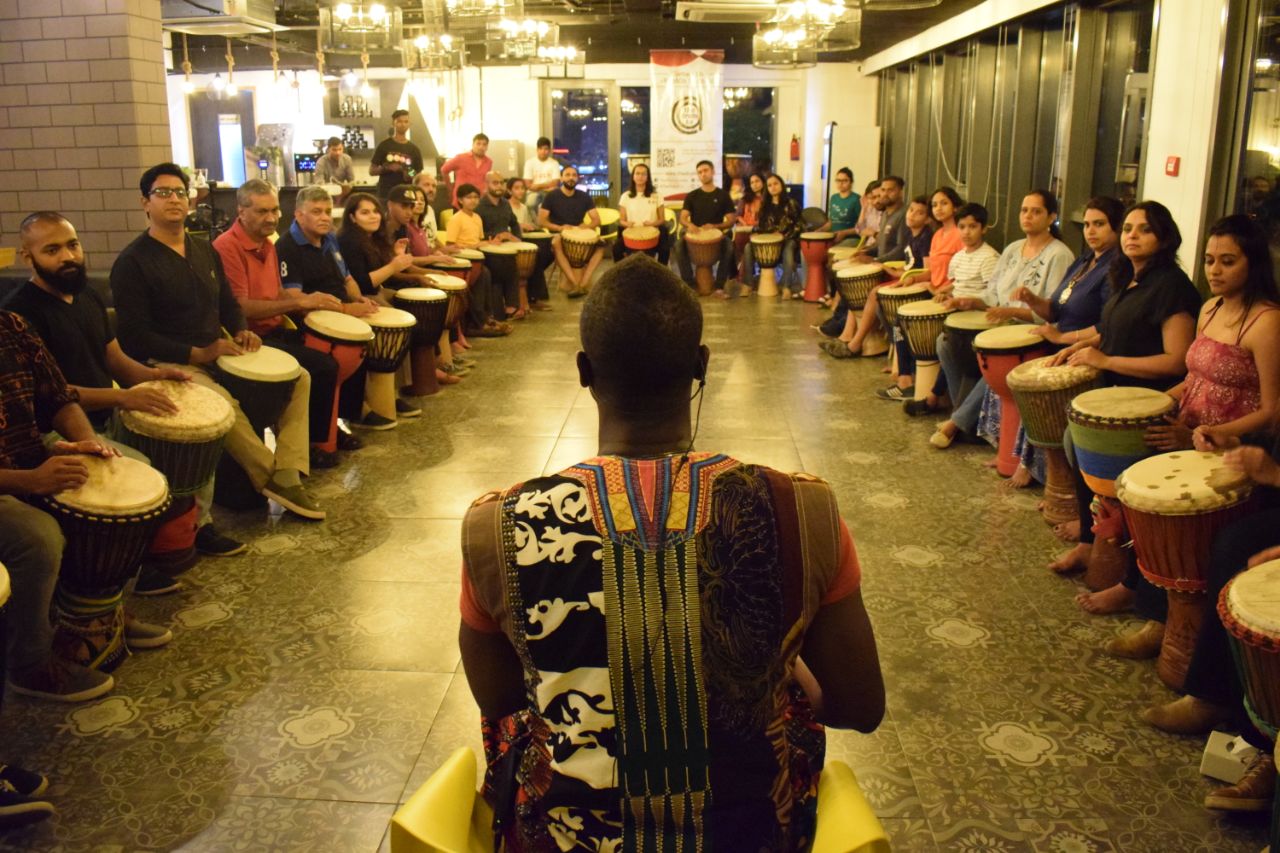
- Is it important to have a traditional djembe when I start my journey on the djembe?
Before starting to learn the djembe drum lessons it is important to know why and to what end you are learning the djembe. This will guide you as to whether you need to invest and take the efforts of owning a pro djembe. If you are learning only as a hobby and to keep yourself engaged during the weekend, you may find it easier to invest in a beginner level djembe and enroll in an entry level drum workshop. This, however, may affect your technique since a good djembe will help bring out the desired sound when you apply the right technique easier than if you were to play it a beginner drum. This is true because substandard drums react more to moisture and become loose quicker. Get in touch with us to know more about the right drum for you. Remember that professional djembes are expensive. (Very much like any professional instrument). This is because there is a tremendous amount of skill and effort that goes into making the drum and the sound speaks for itself. - My djembe is tuned too low. I need to pull it, pull it, pull it… SNAP! (*sound of djembe skin tearing*)
Djembes and dununs are not exactly tuned percussion (i.e from the western classical perspective). This is to say that the Dununba ought to sound like a bass drum (different from and higher than a drum kit bass drum), a sangban is the middle and the kenkeni is the highest tuned drum. Similarly, the djembe accompaniment-one drum will be higher tuned than the djembe accompaniment-two drum. This entire arrangement creates a beautiful melody when the five parts are played together. No one sound steps on the toes of the other. The solo djembe drum player has the highest tuned drum so that the sound cuts through over that of the ensemble and so that the signals played by him or her are heard by all.
In dry weather, leaving your drum out in the sun will help to tighten the skin quite a bit. If this does not work then you can start pulling horizontal knots. The key is to know when to stop pulling your drum and to make sure that the drum has equal tension from all sides. - The djembe is too heavy. Can I play it sitting down?
Traditionally the djembe is played standing up, by harnessing the djembe on to you by using a strap, following the reverse – rucksack principle. This enables movement and full body involvement in the rhythm. Of course, if your body does now allow for this to happen, you can play sitting down (with your drum placed in between your legs, tilted outwards while taking djembe drum lessons or attending a drum workshop). If you are an aspiring djembe player and teacher, then you will need to play standing up, to get a truly authentic feel of the djembe.

Varun is the founder and director of Taal Inc.
The visionary behind the motto
Come. Drum. Be One.
To read more about him Click Here
